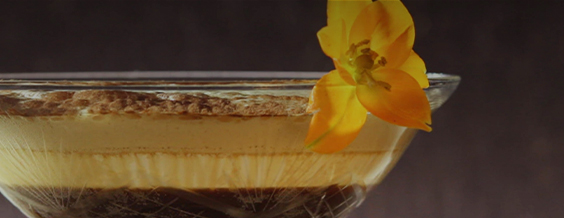*Lavazza is not affiliated with, endorsed or sponsored by Nespresso


Coffee in Italy, a real cult
Italians do consider their coffee as an essential ritual involving several social and commercial aspects of their rich and varied culture and their customs. It moves an immeasurable business, implying thousands of people and workers, as time after time, generation after generation, it stands as one of the fondest everyday rites and a cornerstone of Italian identity.
Having a coffee in an Italian bar (in practice)
Just like they do in many other fields and masterhoods, Italians are flawless when it comes to drinking coffee. Since it permeates culture from multiple point of views, Italy has left a crucial mark on how to consider, discuss and enjoy the most celebrated beverage in the world. Italians have also designed a sort of ceremonial concerning how to order coffee right before drinking it.
First, as you enter a bar it is advisable to locate the cashier, in order to order your coffee and get the receipt, the so called scontrino, that you will soon after hand over to the bartender. Time to make specifications, as Italians are known to be very demanding when it comes to have their coffee. Some of them would rather order a caffè in vetro – a coffee served in a glass rather than in a porcelain cup – or might ask for some milk in it. These are only two among the countless requests this moment may provide.
Coffee is generally drunk while standing up at the bar. This happens mostly for two reasons: first, because it tends to be a shot of espresso taking less than a minute to be consumed; moreover, drinking it while sitting on the inside generally increases the normal price of your shot.
Why in Italy the moment of coffee is sacred
Coffee culture finds in Italy many rules, customs and habits. Firstly, offering a coffee is considered as a form of courtesy and hospitality when welcoming a guest to your home, office or workplace. It lets your guest realise you feel like sharing an experience with him, creating comfort and empathy. Coffee is so deeply rooted in Italian culture that when two people want to hang out they say they are going to meet for a coffee. On the other hand, it is always coffee time in Italy, whether it is early in the morning, mid-morning, lunchtime, in the afternoon or even in the evening. The only exception is when one of the main meals, indistinctly lunch or dinner, are approaching, since Italians prefer to consume their coffee right after eating and never before.

The most famous type of coffee drinks
Espresso, Moka are trademarks famous all over the world recalling the exquisite Italian classic coffee tradition. Let’s find out a bit more about these three amazing beverages!
Coffee traditionally prepared with Moka is the lifeblood of the Italian family. We are dealing with an everyday homemade ritual that involves an aluminum coffee pot and ground coffee, based on the typical hoarse sound and that incomparable and comforting aroma coming from the kitchen. Every Italian “nonna” (grandmother) would tell you that the best coffee ever is the one she brews on the stove with the moka. In fact, for many Italians the first coffee ever tasted was prepared in this way on a family occasion. Moka pot represents to all intents and purposes the true way to demonstrate hospitality and convey a sense of family: a shared pleasure standing as an Italian symbol since forever.

Espresso is the Italian coffee par excellence: when ordering a “caffè” in Italy, you mean espresso. At the same time, when entering a bar, you will ask for an espresso while simply saying “un caffè!”. Besides, everywhere you go, from North to South, you will come across variations in color and aroma, taste, and quantity. Your espresso can be ristretto, short, long, double, in a small or large cup, al vetro, decaf, macchiato and so on.
Despite the many preferences, there is one aspect that never changes: consumption time! Since it is prepared very quickly, it must be drunk in the same way, taking only three sips while standing at the counter!
Now that you know the basic characteristics of Italian coffee and its deep connection with the territory, all you have to do is explore the “Bel Paese”, in order to discover each peculiarity and tradition in person!





















